Synergistically improving liveability
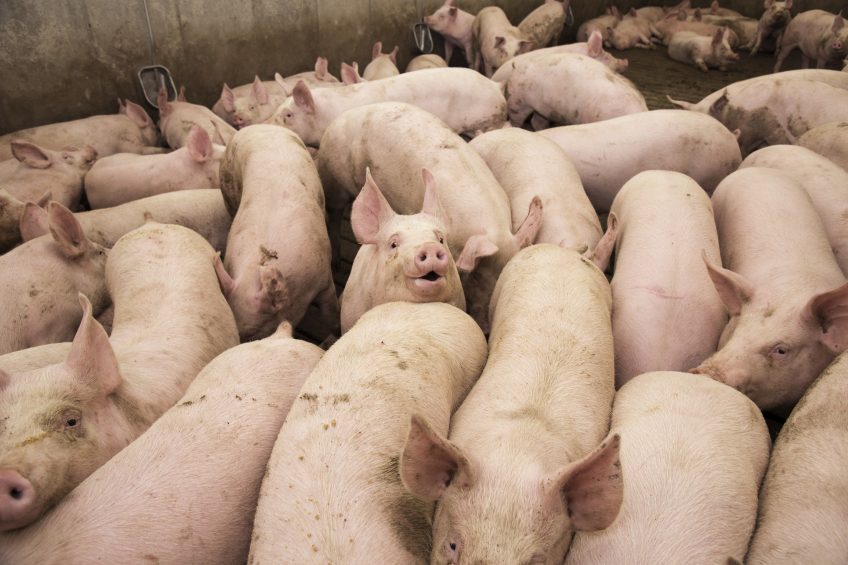
A recent study has shown that a novel protease/probiotic combination can increase liveability rates in grower-finisher pigs while also improving growth rates. It’s part of a new scientific approach focused on helping producers make strategic feed decisions to improve animal performance and maximise commercial return.
High production costs for grower-finisher pigs mean every element is under scrutiny to deliver maximum value for money. None more so than feed, which is widely acknowledged as the single largest expense. So, every pig that is unable to thrive or lost to disease – a very real cause of mortality in intensive commercial systems – represents a significant financial hit for producers. This makes avoiding potential losses through improved liveability a high priority – particularly in view of the fact that successful strategies can lead to an average benefit of around US$ 1 per head, according to the calculations of some commercial producers.
With this in mind, a new meta-analysis of four trials has identified an adaptive protease/probiotic combination (Syncra SWI), that not only increases the liveability of grower-finisher pigs, but also improves feed conversion ratios relative to control diets.
Positive findings in commercial settings
Designed to investigate the efficacy of this protease/probiotic (a Direct Fed Microbial; DFM) combination on the growth performance and mortality rates of grower-finisher pigs, four studies tested its impact in two different corn and soybean meal based diets:
- Positive Control (PC): No protease/DFM
- Negative Control (NC): No protease/DFM + reduced
- energy and amino acids compared to PC
- PC + 80g/MT protease/DFM
- NC + 80g/MT protease/DFM
The 4 trials involved 4,376 pigs starting at approximately 25kg and finishing at about 120kg in weight; all were carried out under commercial conditions. Analysis showed that the adaptive combination numerically increased liveability by 1.2% compared to the controls (see Figure 1).
Figure 1 – The protease + DFM numerically increased liveability by 1.2% (P = 0.234).

Pigs receiving this diet also recorded a significantly improved feed conversion ratio (FCR) – with a clear reduction indicating greater efficiency – while average daily gain (ADG) was numerically increased (see Figure 2). The NC diets resulted in animals with a reduced ADG and increased FCR, compared to those receiving the PC diets.
Figure 2 – The negative control diets reduced ADG (P < 0.0001) and increased FCR (P < 0.0001) compared to the positive control diets.

Wider benefits
These results add further weight to the outcomes of wider studies into the mode of action of Syncra SWI on complex feed ingredients; in particular, its ability to maximise energy and amino acid digestibility. The findings suggest that the product’s adaptive multi-strain Bacillus probiotic – which has been found to work on many different substrates – is the key to realising the full potential of feed nutrition when combined with protease.
Studies indicate that the synergistic effect of this additive is derived from the adaptability and complementary action of in situ produced enzymes from the probiotic, together with the exogenous protease that degrades the fibre-protein matrix; so releasing nutrients that remain unavailable when either additive is used alone. The Bacillus strains are delivered as a heat and pH-stable spore and then germinate in the small intestine where they produce the substrate-specific enzyme; a mode of action that allows Bacillus-derived enzymes to bypass the challenge of delivering reliable and stable enzymes to the gastrointestinal tract for nutrient release. This is particularly important for the application of some highly efficacious feed enzymes which are not commercially available due to their lack of stability.
It delivers a number of important benefits in terms of the growth and health of the animals; all of which contribute to consistent improvement on average of 3% in average daily gain (ADG) and 4% in feed conversion ratio (FCR). These advantages include enhanced amino acid digestibility; vital for growth and supporting an effective immune defence and consistent improvements of up to 3% on average daily gain (ADG) and gain to feed ratio (G:F) in all growth phases and overall. Reduced ammonia emissions; resulting from increased protein absorption in the small intestine and corresponding reduction in protein fermentation in the hind gut, create a healthier environment for livestock – both in terms of respiratory function and gut health – and can have a positive impact on health and growth.
The potential to positively shift the microbiota towards, for example, highly beneficial Lactobacillus populations, which can help the animal digest and absorb nutrients and help to defend against pathogens. Furthermore, supplementary enzymes help strengthen the gut barrier, which is one of the animal’s defence mechanisms against pathogens and stimulate short chain fatty acid production in the hind gut, which provides an additional energy source and can further benefit gut health.
Forward-thinking nutrition
These studies into Syncra SWI are part of a growing body of scientific research designed to explore the full implications of customised feed solutions for animal health, growth and profitability. It is part of a new approach, dedicated to deepening existing knowledge and taking animal nutrition to the next level. It comes at a pivotal time for the animal industry. Global pressure to reduce or remove antibiotics from the food chain is driving fundamental changes; creating new challenges and putting demand for viable alternatives at the top of the agenda. Understanding interactions between feed components and the animal gut microbiota and the advantages to be gained from a synergistic combination of feed additives, feed compounds and gut microflora is a crucial part of this evolution. It is proving a complex issue, but knowledge and use of synergistic feed additives is starting to help bridge this gap between nutrition and health.
Robust studies, such as the Syncra SWI meta-analysis, are key to building much greater knowledge and enabling producers to realise the full potential of animal nutrition – with the ultimate goal of increasing the health, wellness and productivity of livestock.
 Beheer
Beheer

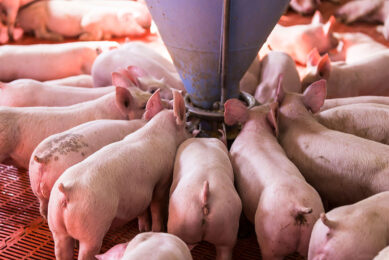
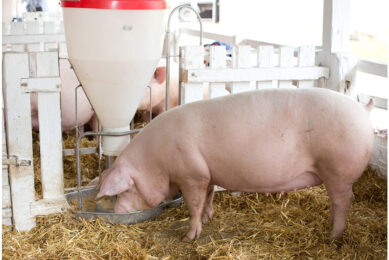
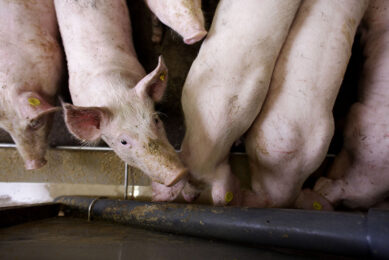
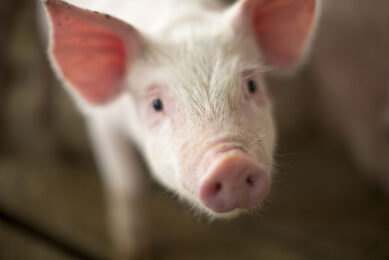



 WP Admin
WP Admin  Bewerk bericht
Bewerk bericht